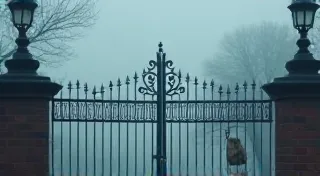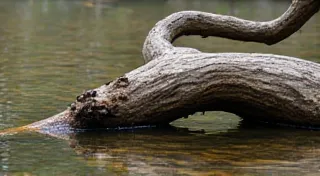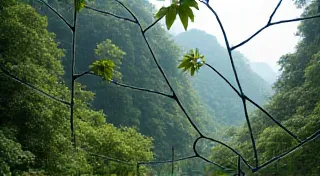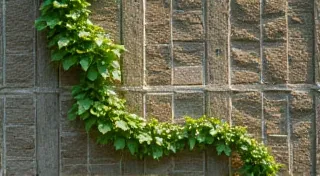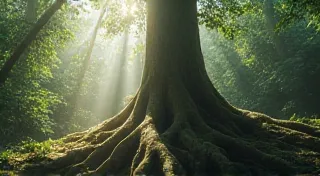The Emerald Vein: Symbiotic Relationships and the Gardener's Intuition
There's a peculiar resonance between the pursuit of rare orchids and the restoration of antique accordions. Both are exercises in patience, a deep appreciation for craftsmanship, and a profound understanding of intricate systems—systems that often defy easy explanation. Both demand a willingness to listen, not just to hear, but to truly perceive the whispers of the past embedded within their forms. My own journey began with a crumbling Hohner Victoria, its reeds silent, its bellows stiff, and now finds itself entwined with the pursuit of *Bulbophyllum Elizabeth Ann 'Buckleberry'*, a miniature orchid of unparalleled beauty.
For years, I’s been fascinated by accordions. Not the plastic, mass-produced instruments, but the beautifully constructed machines of the early 20th century. Each valve, each lever, each carefully shaped piece of wood speaks of a time when things were built to last, built with a dedication to detail that feels almost unimaginable in our disposable age. There’s a profound sadness inherent in seeing them abandoned, neglected – their music silenced. The restoration is a process of rediscovery, piecing together fragments of history, relearning techniques lost to time. It’s a deeply emotional experience; bringing a silent voice back to life.
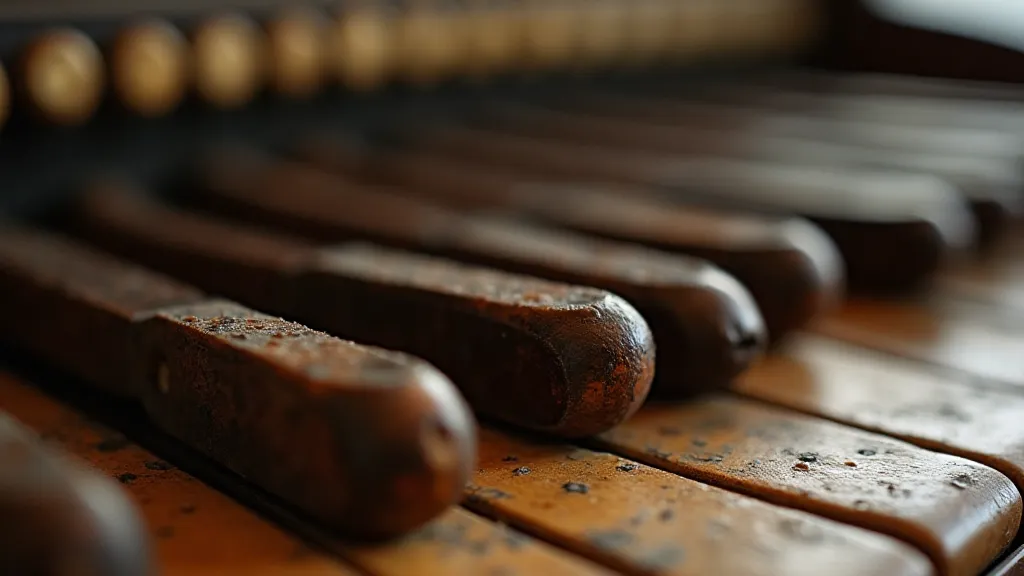
The Mycorrhizal Dance: More Than Just Sunshine and Water
The same principle applies to orchid cultivation, particularly when dealing with rare species. We tend to think of gardening as a straightforward equation: soil, water, light, fertilizer. And while those elements are crucial, they represent only a fraction of the truth. Rare orchids, especially those from cloud forests and remote tropical regions, have evolved in incredibly complex ecosystems where survival depends on intricate symbiotic relationships. Perhaps the most critical of these is the mycorrhizal association – a partnership between the orchid’s roots and specialized fungi.
Mycorrhizae are like extensions of the orchid’s root system, dramatically expanding its ability to absorb nutrients. In many orchid species, the orchid provides the fungus with carbohydrates produced through photosynthesis, while the fungus, in turn, helps the orchid access phosphorus and other essential minerals that are often scarce in the orchid’s native environment. This relationship is particularly vital in the early stages of an orchid’s life, when it’s relying on stored reserves to establish itself. The seed itself often contains only a few of these fungal spores – a tiny investment in a lifelong partnership. Disturbing this partnership can be devastating.
Think about it: orchids, in their wild habitats, aren't actively 'searching' for nutrients like a sunflower might seek sunlight. They're relying on this established, often ancient, network of fungal connections to sustain them. When we bring these orchids into cultivation, we’re effectively transplanting them not just from one place to another, but from one entire ecological system to another. Replicating those conditions isn't about meticulously measuring pH levels and nutrient concentrations; it’s about understanding the underlying ecological principles at play. The subtleties involved are often a mystery to even experienced growers, and understanding how these delicate ecosystems function is key. For those seeking more insight, consider exploring the fascinating world of Crystalline Cascades: The Dew Collection and Miniature Ecosystems of *Pleurothallis* to grasp how microclimates play a vital role in orchid survival.
Mimicking Nature's Wisdom: Developing Gardener's Intuition
For years, I approached orchid cultivation with a scientific mindset, relying on textbooks and online forums. I dutifully followed instructions, adjusting humidity levels and light intensity with robotic precision. And while I had some successes, I also experienced numerous failures. It was only when I started to shift my focus from *doing* to *observing* that I began to truly understand the nuances of orchid cultivation.
I began to spend less time analyzing data and more time simply watching my orchids. I studied the subtle cues they were giving me – the color of their leaves, the texture of their roots, the way their leaves curled and unfolded. I noticed that the orchids growing in slightly shaded areas under a canopy of ferns seemed to thrive, even when exposed to less direct light than I thought they needed. They were clearly benefiting from the filtered light and increased humidity provided by the ferns – a miniature ecosystem replicated within my greenhouse. This isn’t about blindly copying what others do; it's about recognizing patterns and adapting your approach based on your own observations.
This process mirrors the approach I take with accordion restoration. You can read countless guides on reed replacement and bellows repair, but ultimately, you need to develop a feel for the instrument. You need to listen to the subtle creaks and groans, to understand how each part interacts with the others. It’s a process of intuition, honed through experience and informed by a deep respect for the craftsmanship of the original maker.
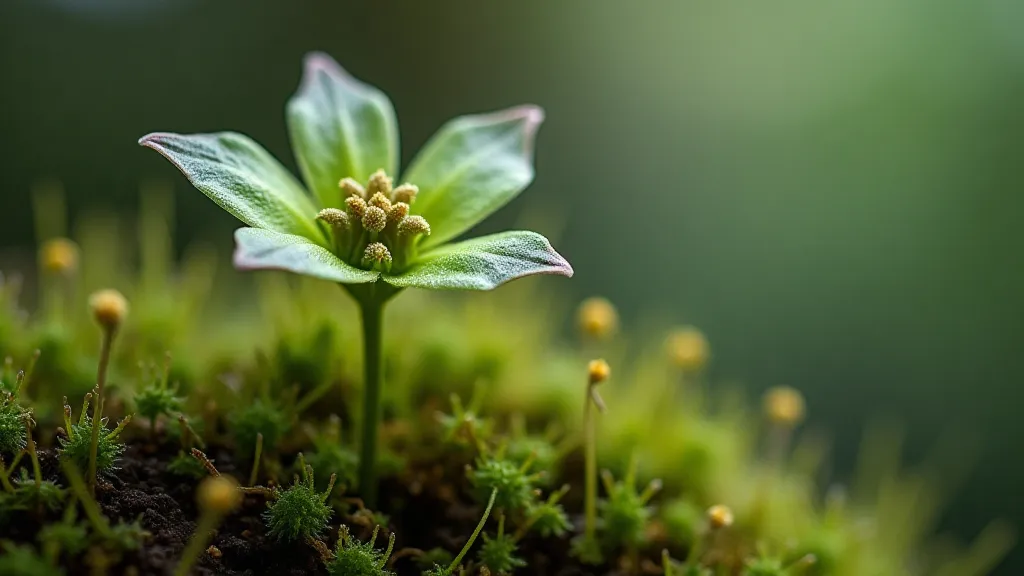
The Craftsmanship of Survival
The makers of antique accordions, like the orchids themselves, were products of their environment. They worked with the materials available to them, and they developed techniques that were shaped by necessity and informed by generations of accumulated knowledge. Similarly, rare orchids have evolved intricate survival strategies – strategies that are often invisible to the casual observer.
Consider the epiphytic nature of many rare orchids. These plants don't grow in the soil; they grow on other plants, often high in the canopy of a rainforest. They're not competing for resources in the soil; they're relying on rainwater, humidity, and the nutrients that accumulate on the bark of their host trees. To thrive in this environment, they need specialized roots that can cling to the bark, absorb moisture from the air, and tolerate periods of drought. Ignoring this crucial aspect of their biology is a recipe for failure.
The challenges these orchids face are immense, often dictating their growth and development. Understanding these nuanced needs requires a dedication to observation and a willingness to learn from nature. It's about recognizing the interplay of factors, not just the measurable ones, but the unspoken wisdom passed down through generations of plants and the environments that shape them.
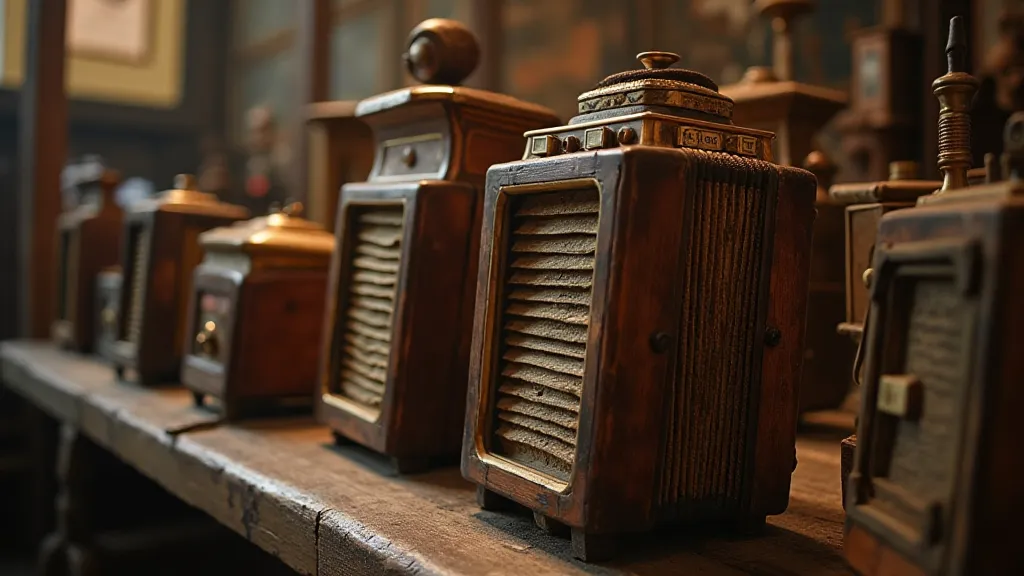
Beyond the Textbook: The Gardener's Sixth Sense
Cultivating rare orchids is more than a hobby; it’s a journey of discovery. It’s a lesson in humility, reminding us that we are but temporary custodians of these remarkable plants. It demands patience, observation, and a willingness to embrace uncertainty. As you become more attuned to the subtle cues your orchids are giving you, you’re not just becoming a better gardener; you're developing a deeper connection to the natural world and refining your own innate intuition—a sixth sense, if you will—that guides you through the complexities of both orchid cultivation and the restoration of time-worn treasures.
It’s a continuous learning process, constantly demanding new perspectives and a profound respect for the intricate web of life. The reward isn’t just the fleeting beauty of a bloom, but the ongoing understanding of the delicate balance that allows it to flourish. Many believe that a deeper understanding of the environmental factors involved might be achieved through carefully considering The Alchemist’s Garden: Nutrient Solutions and the Subtle Art of Orchid Feeding, which explores the complex interactions of nutrients and how subtle adjustments can profoundly impact orchid health.
And that, I believe, is the true reward – not just the beauty of a blooming orchid, but the quiet satisfaction of understanding a little better how things work, and of contributing, in our own small way, to the preservation of these remarkable plants and the stories they hold.
Ultimately, success in both orchid cultivation and antique restoration comes down to more than technique; it demands a deep respect for the craft and a willingness to embrace the inherent beauty of imperfection. It's about connecting with the past, honoring the creators, and contributing to a future where these treasures can continue to inspire and enrich our lives. The journey is its own reward, a constant reminder of the interconnectedness of all things and the profound wisdom that can be found in the simplest of observations.
